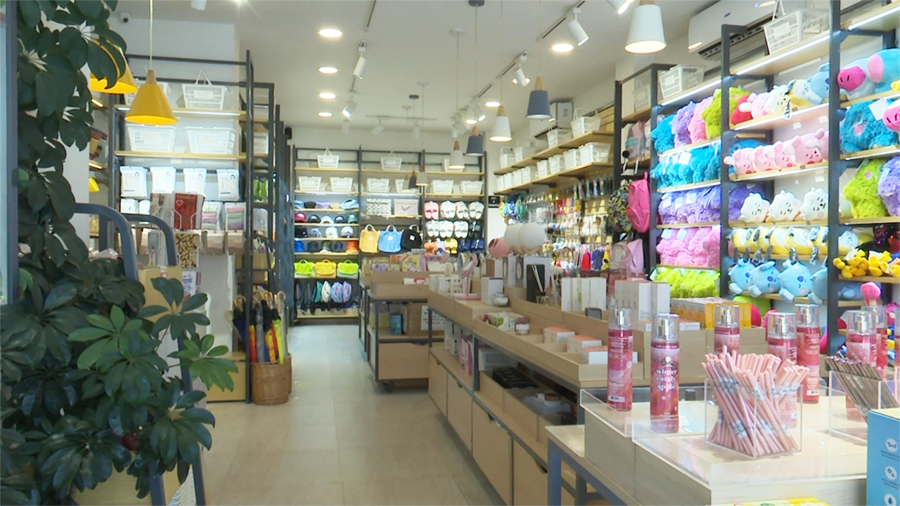 After a topsy-turvy post-COVID-19 pandemic era, inflation rates in the country over the past few months have settled to levels that are healthy for economic growth. The latest numbers from the National Statistics Bureau show February’s year-on-year consumer price index at 4.53 per cent compared to the same month last year. Inflation measures the rate at which prices of goods and services increase in the economy.
After a topsy-turvy post-COVID-19 pandemic era, inflation rates in the country over the past few months have settled to levels that are healthy for economic growth. The latest numbers from the National Statistics Bureau show February’s year-on-year consumer price index at 4.53 per cent compared to the same month last year. Inflation measures the rate at which prices of goods and services increase in the economy.
Central banks, in our case, the Royal Monetary Authority, try to maintain inflation rates between two and six per cent to ensure price stability in the market, support economic growth by encouraging consumer spending, and for monetary policy effectiveness.
For the current financial year, the RMA’s projected headline inflation is 5.2 per cent. So far, in the past eight months of the financial year, inflation rates have averaged out to 4.66 per cent. As long as inflation rates are within the central bank’s upper threshold of six per cent, it is good for economic growth.
As for February, the NSB’s figures show that both food and non-food prices increased by 6.08 per cent and 3.22 per cent respectively compared to the same month last year.
Non-food items, primarily housing and utilities, were the major contributors and saw an increase of 9.7 per cent.
Similarly, prices of clothing and footwear increased by 5.75 per cent in the 12-month period. Miscellaneous goods and services also increased by 6.4 per cent.
In the food group, food and non-alcoholic beverages saw a price increase of 6.39 per cent between February this year and last year. On the other hand, prices of alcoholic beverages and betel nuts increased slightly by almost two per cent.
Given that 80 per cent of Bhutan’s imports are from India, inflation in the country closely follows Indian inflation trends.
So, any price fluctuation in the Indian market will have a direct impact on the Bhutanese consumption basket.
The central bank, in its 2023 Monetary Policy Statement, has projected headline inflation to increase to 5.7 per cent in the 2024/2025 financial year.
Meanwhile, with rising inflation, the purchasing power of the Ngultrum has dropped to Nu 56.4 in February compared to December 2012 prices, marking a decrease of 4.33 per cent in a year’s time. This means that what you could have purchased for Nu 56.4 in 2012 is now costing Nu 100.
Sherub Dorji









